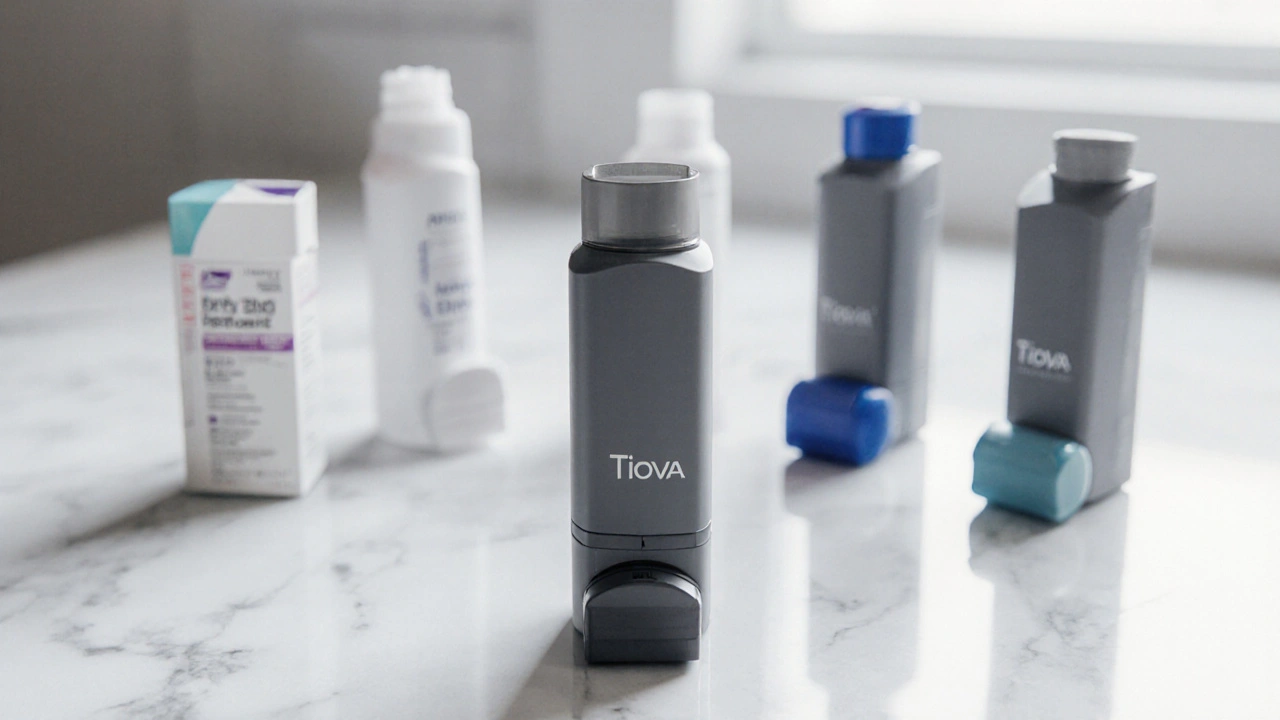Inhaler Side Effects – What Every User Should Understand
When dealing with inhaler side effects, the unwanted reactions that can follow the use of respiratory inhalers. Also known as adverse inhaler reactions, they matter a lot for people managing asthma, a chronic airway inflammation condition or COPD, chronic obstructive pulmonary disease. Inhalers deliver bronchodilators, medicines that relax airway muscles and inhaled corticosteroids, anti‑inflammatory drugs used for long‑term control. Knowing how these drug classes work explains why side effects pop up.
Typical Reactions Across Inhaler Types
Most users first notice throat irritation, cough, or a dry mouth after a puff. Those are classic examples of inhaler side effects that stem from the propellant or fine particles hitting the throat. Inhaled corticosteroids often add a hoarse voice or mild oral thrush because they suppress local immunity. Bronchodilators, especially short‑acting beta‑agonists, can cause a rapid heartbeat or jittery feeling by stimulating the heart. Recognizing these patterns helps you separate a harmless irritation from a signal that the dose or device may need adjustment.
Age matters too. Children tend to experience more oral irritation because they swallow more of the spray, while older adults often report musculoskeletal aches linked to systemic absorption of bronchodilators. If you have heart disease, the tremor or palpitations from a beta‑agonist become a serious concern. The relationship between inhaler side effects and underlying conditions is a key factor in tailoring therapy.
Technique is another hidden driver. A poorly sealed mouthpiece lets medication escape into the mouth instead of the lungs, raising the odds of sore throat and dental issues. Using a spacer with a metered‑dose inhaler reduces oropharyngeal deposition and cuts the risk of thrush from steroids. Simple steps—like exhaling fully before inhaling, holding the breath for ten seconds, and rinsing the mouth after steroids—can shave off many mild side effects.
When side effects persist, it’s usually a cue to review the inhaler type. For instance, switching from a metered‑dose inhaler to a dry‑powder inhaler may lessen the propellant‑related cough. Some patients find a soft mist inhaler gentler on the throat while still delivering the same dose of bronchodilator. Each device class brings its own side‑effect profile, so a thoughtful swap can improve comfort without compromising control.
Drug interactions also play a part. Taking a non‑selective beta‑blocker for hypertension can blunt the effect of a bronchodilator and increase shortness of breath, prompting the user to over‑use the inhaler and experience more side effects. Similarly, concurrent oral steroids can magnify the risk of oral thrush when combined with inhaled steroids. Running a quick medication check with a pharmacist or doctor helps catch these hidden combos.
Beyond the physical, fear of side effects can affect adherence. Some patients skip doses because a dry cough feels embarrassing, leading to poorer asthma control and more emergency visits. Education that explains which reactions are normal and which need medical attention bridges that gap. Providing a clear action plan—like rinsing after steroids or contacting a clinician for heart palpitations—keeps users confident and consistent.
The next section of this page lists articles that dive deeper into each of these topics. Whether you’re looking for a step‑by‑step inhaler technique guide, a comparison of device types, or tips on managing side effects in specific populations, the collection below offers practical, up‑to‑date information to help you use inhalers safely and effectively.

Tiova Inhaler (Tiotropium) vs Top COPD Alternatives - 2025 Comparison Guide
A 2025 guide comparing Tiova inhaler (tiotropium) with top COPD alternatives, covering efficacy, cost, side effects, and practical usage tips.
More Detail